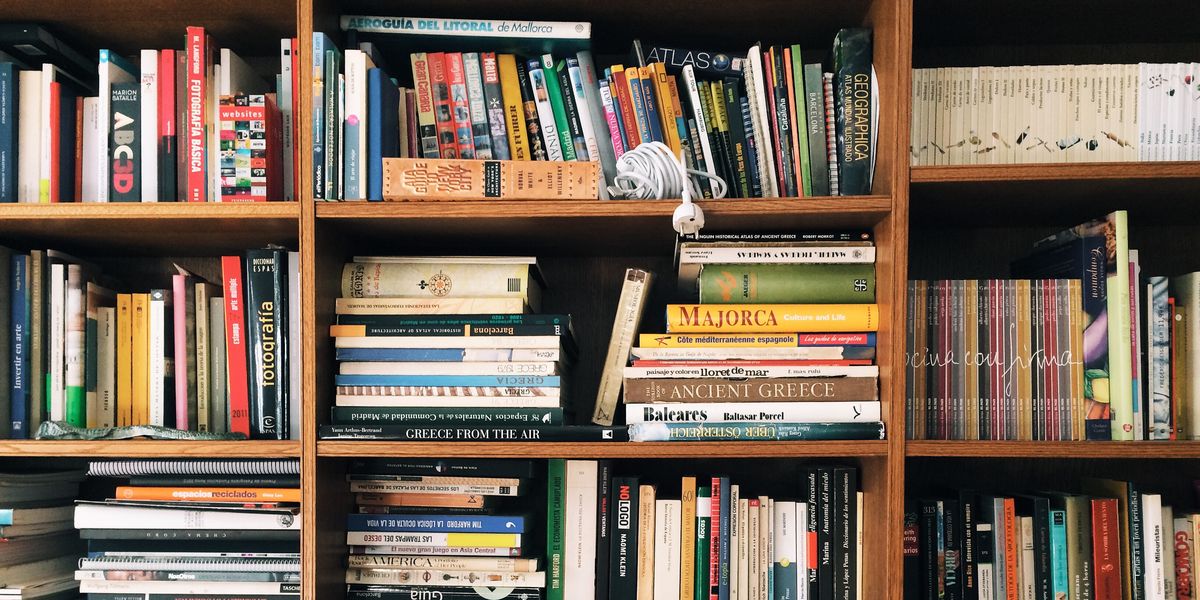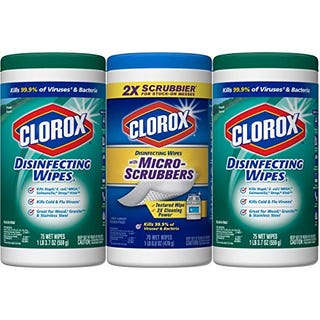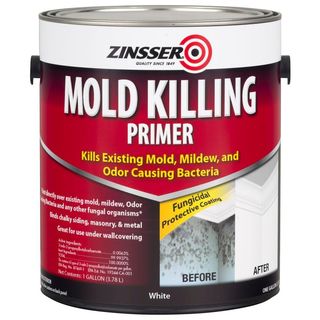[ad_1]
Alfredo Lietor / EyeEmGetty Images
Unwittingly, Marie Kondo opened my eyes to a serious mold problem in my house. You see, I had been KonMari-ing my apartment, and just after placing a stack of Harry Potter in the “Sparks Joy” stack, I turned to my bookcase to spot an unfortunate pattern of brown and white circles. Turns out the porous material of my chipboard shelves is perfect for mold to cling to, and the glue that wraps the wood chips together is still damp enough for the fungus to eat.
After some quick Google searches, I quickly realized that this was all too common a problem and that effectively killing mold on wood is a daunting task to say the least. If you find yourself in a similar situation, here is the best course of action, depending on the United States Forest Products Laboratory.
Stop the spread of mold
Objects that were near the mold colony are often sprinkled with spores and growth. Bookcases, closets, and pantries are especially sensitive, as we’re prone to ‘dusting’ long-term items like earthquake kits, reading books, and clothing you’ll wear after you renew your subscription. to the gym. Before moving infected items, clean them thoroughly so that mold does not move into a new home. Here’s how:
- Remove all objects on your furniture while wearing gloves, long sleeves, and pants to minimize exposure. Open your windows and wear a face mask to avoid inhaling spores.
- Using a mixture of diluted bleach * (1/2 cup of bleach to 1 gallon of water, US Occupational Safety and Health Administration recommends), wipe away any mold and mildew from your items. In my case, since this was my book collection, I carefully wiped the covers with Clorox wipes and dried them immediately so as not to cause any damage. For items that can’t be wiped off or are too brittle, like the inside pages of books, place them outside in direct sunlight for an hour – UV rays will kill mold (check local forecast first).
*REMARK: Do NOT mix bleach with cleaning products that contain ammonia. It creates a toxic vapor.
Remove existing mold from wood
Once you’ve stopped the mold from spreading to other surfaces, like the new bookshelf I bought at 10pm in a panic, you’ll need to kill the original source.
- With gloves and protective clothing, move the chipboard outside if possible, a well ventilated area without carpet otherwise. Scrape or brush the pressed wood to remove as many mold spores as possible.
- After you’ve cleaned the particle board of all the fungus, use the same mixture of bleach (1 cup of bleach per 1 gallon of water) to wash off the pressed wood. If you used Clorox wipes like I did for your items, you will need to switch to this stronger mixture for the source of the mold. Since bleach can discolor furniture, test the mixture on the back of your piece to see how it will affect the plating.
- Dry the room completely, in the sun if possible. Powerful fans in a ventilated and insulated space such as a garage can be a substitute in inclement weather.
Replace damaged wood
Now that you have allowed the chipboard to dry, check for spores on the pressed wood with gloves. If it is clear, you can take the item home and reuse it. Do you still see a colony? The mold growth has sunk too deep into the particle board and needs to be discarded, according to Purdue University. You can still keep your furniture: Pressed wood is typically used as a backing or lining, so it can be easily removed with a hammer or flathead screwdriver.
- Carefully remove the chipboard so as not to damage the rest of the room and repeat the cleaning steps for any mold that may have been lurking under the fingernails.
- Replace chipboard with custom cut pieces from any big box hardware store and discard damaged wood.
Prevent mold growth
Mold thrives in humid and dark climates, so follow these tips from The Mother Nature network to keep mushrooms away:
- If you live in a hot climate, use air conditioning to keep your home cool, never leave wet objects on surfaces, and keep your furniture away from walls to keep everything ventilated.
- Go for chic pieces made of plastic, metal, and glass, as they are naturally mildew resistant. If you can’t resist the appeal of a beautiful piece of wood, dust and sanitize regularly, especially after a storm. When painting or touching up parts, choose a product designed to prevent mildew, such as Zinsser’s Paint Primer.
Follow House Beautiful on Instagram.
This content is created and maintained by a third party, and uploaded to this page to help users provide their email addresses. You may be able to find more information about this and other similar content on piano.io
[ad_2]
Source link




